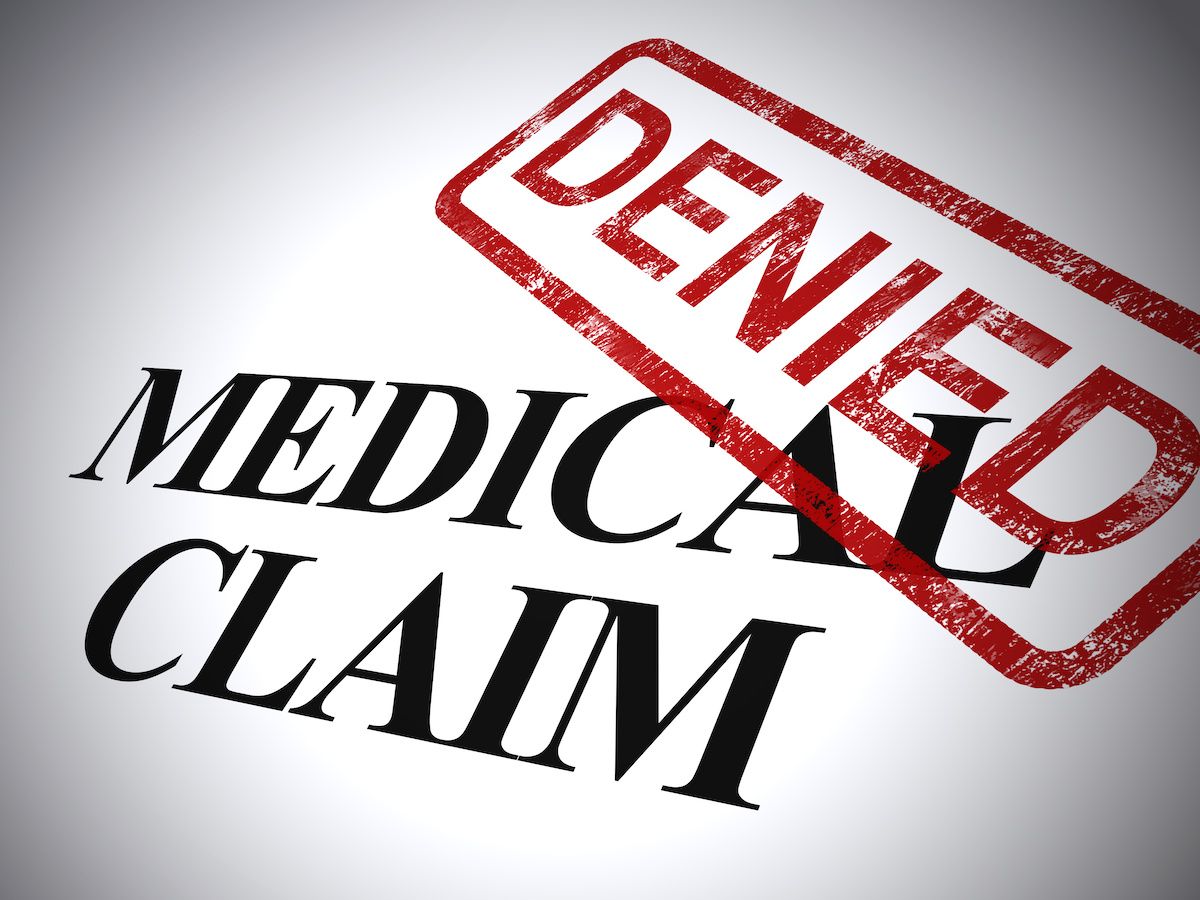Article
How remote therapeutic monitoring helps physicians improve patient care and education
Author(s):
One lasting legacy of COVID-19 is acceleration of patients’ acceptance of remote care management technology.
© VectorMine - stock.adobe.com

Although the end of the COVID-19-related Public Health Emergency has created several policy changes for telehealth, one lasting legacy of the pandemic will be the acceleration of patients’ acceptance of remote care management technology.
Many naysayers expected the pandemic to seriously disrupt care delivery, with some providers and patients balking at the use of telehealth and remote care, but, in general, the industry saw just the opposite. Patients embraced being able to get care from the safety of their homes, and clinicians became more comfortable with technology as a method of staying connected to patients when in-person care was not possible.
One area of remote care that has gained recent traction is remote therapeutic monitoring (RTM), which refers to the use of patient-reported non-physiological data to monitor patients’ overall health and response to treatment. RTM can be used for musculoskeletal and respiratory care to monitor medication adherence, pain, response to therapy, physical activity, and other metrics. When implemented properly, RTM can improve patient engagement, satisfaction, care quality, and outcomes, as well as reduce costs for both patients and providers. RTM differs from remote patient monitoring (RPM), which describes the collection and monitoring of physiological data through a medical device, such as a glucose monitor or a smartwatch monitoring heart rates.
Last year, the U.S. Centers for Medicare and Medicaid Services (CMS) released several new current procedural technology (CPT) codes enabling providers to receive reimbursement for RTM, sparking more interest from providers in the field. These new CPT codes reimburse providers for educating patients on how to use remote care-management platforms, monitoring platform alerts and patient use of remote education, communicating directly with patients within the platform, and collecting patient data.
Greater care accessibility with RTM
Compared with RTM, telehealth has drawn much more consumer media attention, but RTM offers one strong, distinct advantage: While telehealth simply replaces in-person visits, RTM enables an entire episode of care to be managed in the home, generating positive impacts on both patient outcomes and costs.
By issuing new CPT codes for RTM, CMS is endeavoring to incentivize providers to make greater use of the connective technology and encourage consistent monitoring of patient progress. In doing so, CMS has underscored that, by giving providers the capability of managing patients’ evidence-based, outcomes-driven care at home, RTM offers potential to represent a sea change from the traditional one-size-fits-all approach to care delivery.
For patients, RTM drives greater accessibility to high-quality, evidence-based care, particularly patient groups that have historically been underserved due to a variety of factors including, income, insurance, language, mobility, and transportation.
RTM also has strong potential to improve and simplify patient education. Consider the example of a musculoskeletal (MSK) patient, for whom pre- and post-surgical education has traditionally been highly fragmented. Typically, patients are given dense, text-heavy instruction booklets and/or have to attend a series of in-person education classes prior to a procedure.
Postoperatively, patients are walked through instructions by the care team verbally and given another large printed packet at discharge, a time when they may be medicated, overwhelmed and anxious. Exercises are often printed on sheets of paper with annotated stick-figure diagrams which can be difficult for patients to follow (it’s well documented that patients only remember about 49% of the information their doctors give them without prompting.)
In contrast, by using FDA-compliant RTM technology, providers gain new digital tools to properly educate patients and monitor their progress throughout the episode of care. With RTM, patients can access the digital education resources prescribed by their providers, anytime, anywhere, and as many times as they want. Further, leading RTM platforms can present educational content in multiple ways to cater to various learning styles and preferences, which helps to make the content more digestible, understandable, and easily shared with a spouse or other care partner at home.
By delivering patient education in a more personalized manner and using gamification techniques with integrated quizzes, a comprehensive RTM strategy can help patients absorb the information they need to engage in their own care plans and achieve the best outcomes.
Lowering costs for patients
RTM is generally well-liked by patients for its ability to help them control costs – in particular, for low-income, rural, and elderly patients who often incur substantial costs associated with in-person care beyond the cost of care itself. For example, costs associated with commuting, acquiring family support, securing time from work, and obtaining childcare often serve as deterrents to accessing care for many patient populations.
However, with a relatively minor copay for RTM services, patients eliminate the need for numerous, frequent in-person care visits, enabling substantial cost and time savings over the course of a treatment plan and freeing in-person care opportunities for patients that require more hands-on in-person care.
While many physicians remain unfamiliar with RTM, that is likely to change as the new CPT codes encourage more clinicians to explore how the technology can benefit their patients and their own workflows. As more physicians avail themselves of this new revenue opportunity, patients will benefit from lower costs and better outcomes, and more patients will have access to high-quality care.
Bronwyn Spira is a physical therapist and the founder and CEO of Force Therapeutics. She founded Force Therapeutics to solve her own patients’ care delivery challenges and help them stay connected and in control of their care. Prior to founding Force Therapeutics, Spira ran the Inpatient Rehab department at Rusk Rehabilitation Center at NYU Langone Health before founding and running a successful New York-based multi-clinic practice. She received her master’s degree in physiotherapy from the University of the Witwatersrand in South Africa.
Newsletter
Stay informed and empowered with Medical Economics enewsletter, delivering expert insights, financial strategies, practice management tips and technology trends — tailored for today’s physicians.





